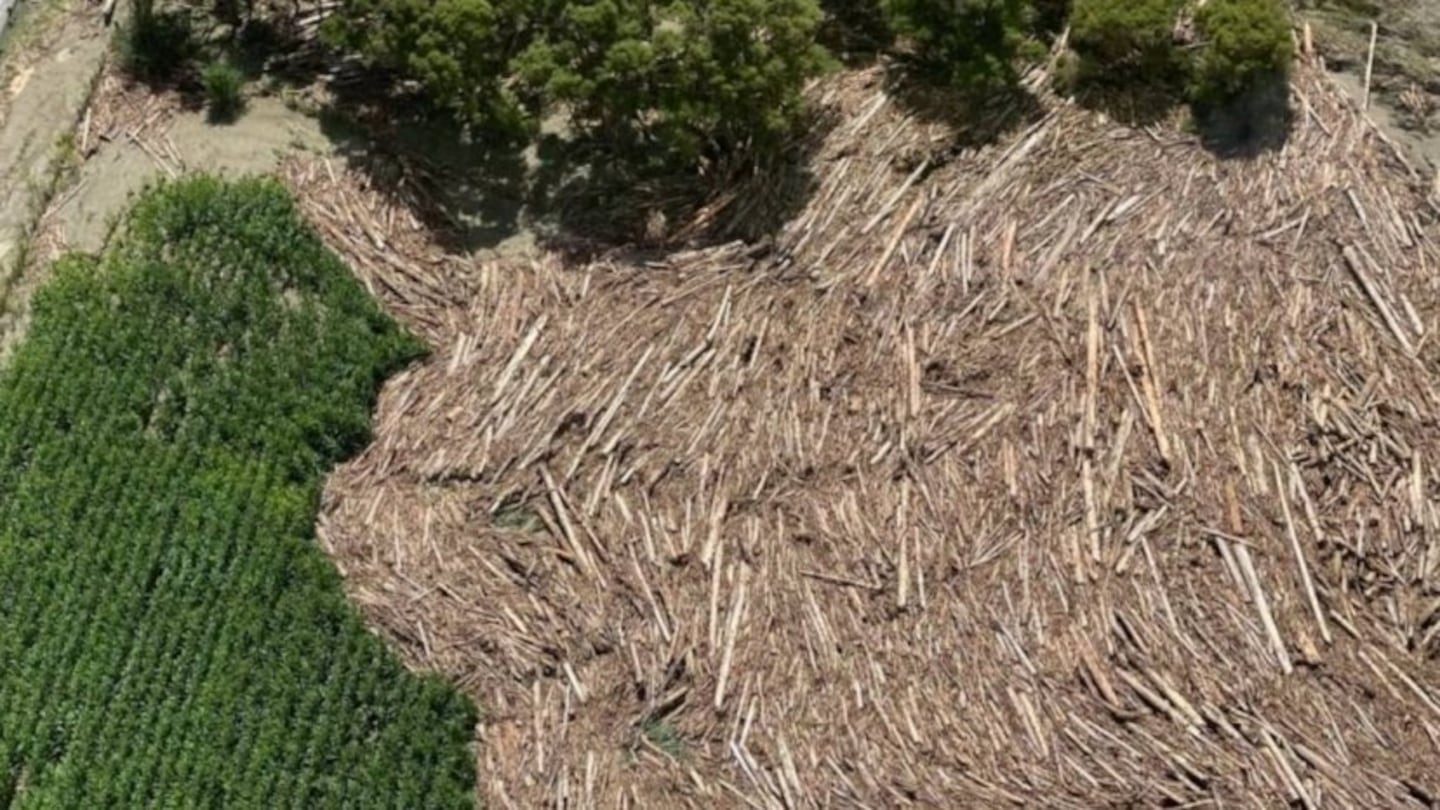Forestry slash alongside a river seen during a flight over the Tai Rāwhiti / Gisborne district after Cyclone Gabrielle. Photo / NZME
In response to the devastating impact of Cyclone Gabrielle, which claimed the lives of 11 people and wreaked havoc on seaside communities on the east coast, the government has announced a series of initiatives aimed at repurposing slash and promoting sustainable forestry practices.
Forestry Minister Peeni Henare unveiled the measures including investments in a bioenergy plant, research into biomass, and improved forestry techniques.
A recent ministerial inquiry into land use highlighted the unsustainable nature of current forest harvest practices, according to Henare.
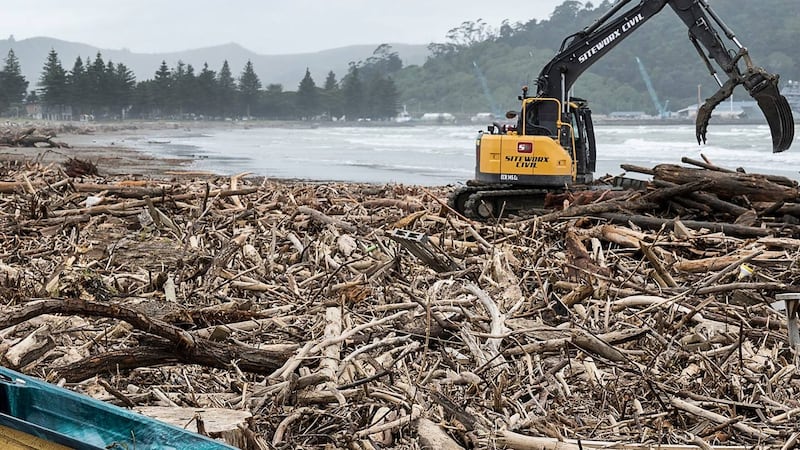
Slash and forestry waste on the beach at Gisborne. Photo / Supplied / NZME / FILE
"In some parts of the country, like Tai Rāwhiti, there is an urgent need to create a commercial use for harvest residues, such as forestry slash and other woody debris," he said.
The government had already allocated $10 million for immediate cleanup efforts targeting slash and debris in cyclone-affected areas of Tai Rāwhiti and Hawke's Bay.
Additional investment of $10.4 million has been earmarked for woody biomass research, aiming to explore the potential of utilizing slash in local bioenergy generation in Tai Rāwhiti.
Henare explained the objectives of the research, saying, "One of the aims of the research is to maximize the management of woody debris, including slash."

Forestry Minister Peeni Henare has brought sustainable forestry into focus in the wake of Cyclone Gabrielle. Photo / Jason Oxenham / NZME
"This includes a study into better slash recovery methods, transportation, processing methods, and market options so the resource is used rather than left to cause issues in our communities."
"The research will build an evidence base for investing in woody biomass supply, and help the government and the sector chart a sustainable way forward," he added.
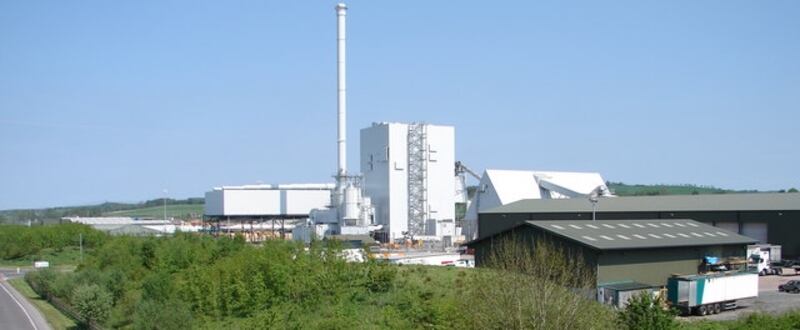
The Steven's Croft Biomass Power Station is the largest of its kind in the UK and uses various renewable fuels including agricultural residuals like slash. Photo / Chris Newman / Creative Commons
The government is also facilitating the consenting process for a bioenergy plant in Tai Rāwhiti, which would presumably burn or boil the slash.
A bioenergy plant, also known as a biomass power plant, generates electricity or heat by using organic materials, such as wood chips, agricultural residues, or dedicated energy crops.
In combustion-based bioenergy plants, biomass is burned in a boiler to produce steam, which drives a turbine connected to a generator, thus generating electricity.
Gasification-based bioenergy plants use a thermal conversion process that partially oxidizes the biomass, producing a gas known as syngas.
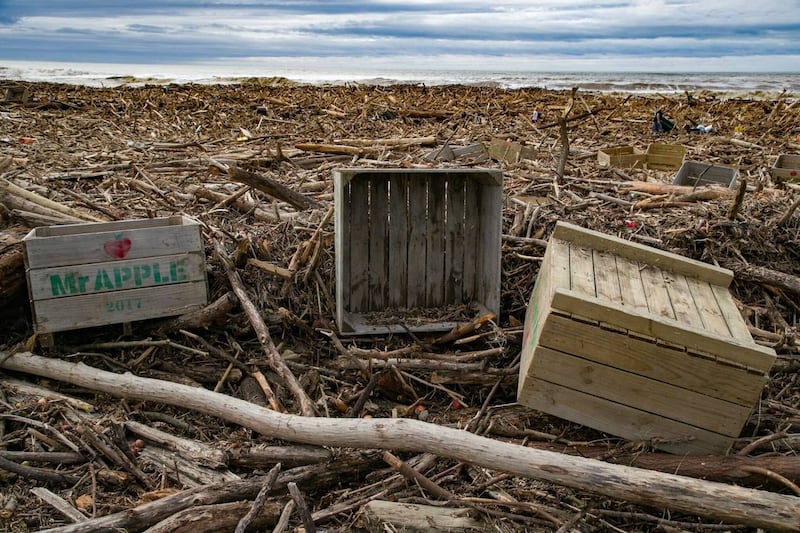
Forestry slash and debris from the apple industry is seen at the mouth of the Esk River in Hawke's Bay after the devastating floods. Photo / Warren Buckland / NZME
Anaerobic digestion bioenergy plants involve the breakdown of biomass in the absence of oxygen, producing biogas as a byproduct.
Bioenergy plants are active in various parts of the world, including Germany, Sweden, the United States, Brazil, the UK, Finland and Denmark.
Bioenergy is typically seen as a source of renewable energy which contributes to reducing greenhouse gas emissions, particularly when compared to fossil fuel-based power generation, but their overall environmental impact and sustainability vary depending on how they are managed and the type of biomass used.
"The plant is a pilot and if successful will become a model for other forestry regions across New Zealand." Minister Henare said.
"This project is designed to provide a self-sufficient slash management process to reduce the impact of slash on the community and environment."
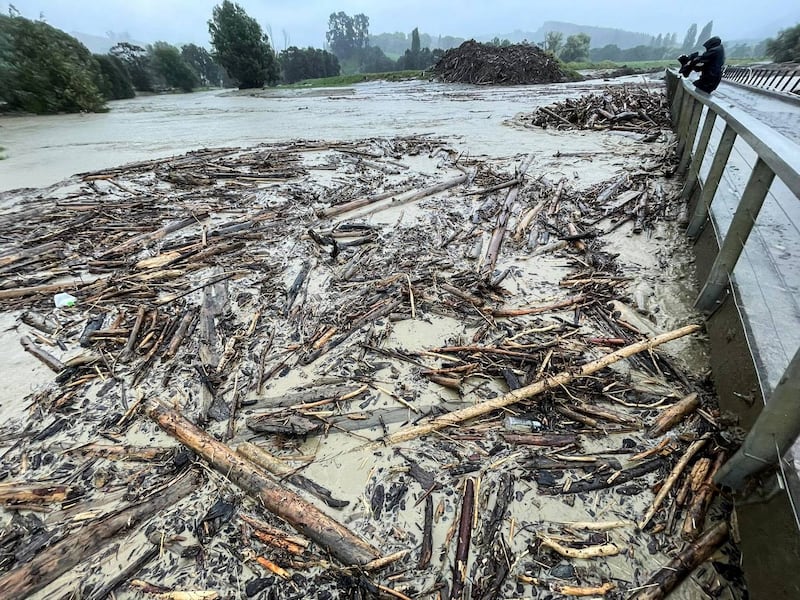
Flooding and slash debris at the Wigan Bridge, Tauwhareparae, Tolaga Bay, in Te Tai Rāwhiti after cyclone Gabrielle. Photo / NZME / File
The development of business models for "continuous cover forestry" is also something the government is looking at as an alternative to clear-felling practices Henare said.
"I am keen to look at continuous cover forestry initiatives that limit the volume of trees cut down in order to maintain canopy cover and protect soil from erosion," he added.
"This project, and the bioenergy plant - which are part of seven projects funded by the Government - will help with building resilience in regions like Tai Rāwhiti where forestry is a significant contributor to the local economy," Henare said.
"We are investing across the supply chain and looking at the whole system, so we can make changes for the better in this region and across New Zealand," he added.

